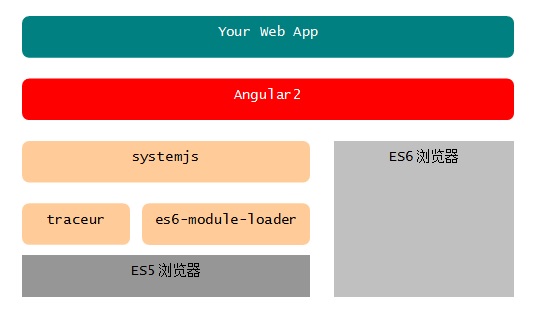C language tutorial
C language is a generic,
procedural computer programming language. In 1972, in order to transplant
and develop the UNIX operating system, Dennis Ritchie in Bell telephone lab
design and development of the C language.
C language is a widely used
computer language, which is as popular as the Java programming language, both
of which are widely used among modern software programmers.
The current latest C language
standard for C11, before its C language standard for C99.
Who is suitable for reading this tutorial?
This tutorial is designed
for software programmers who need to learn C from scratch. This tutorial
will give you an idea of the C language to enhance your own level of
expertise.
Before you read this tutorial, you need to
know the knowledge:
Before you start this
tutorial, you need a basic understanding of computer programming
terminology. A basic understanding of any programming language will help
you understand the C language programming concepts and help speed your learning
progress.
Compile / execute C program
Examples:
#include
< stdio.h
>
Int
main (
)
{ / * my first C program * /
printf
( " Hello, World! \ N " ) ;
return 0 ;
}
Example Analysis:
·
All C language
programs need to include the main () function. The code
starts from the main () function.
·
/
* ... * / for annotations.
·
Printf
() is used to format
the output to the screen. The printf () function is declared
in the "stdio.h" header file.
·
Stdio.h is a header file (standard input and
output header file), #include is a preprocessing command, used
to introduce the header file. When the compiler encounters the printf
() function , a compile error occurs if the stdio.h header
file is not found .
·
Return
0; statement is
used to indicate exit procedure.





















